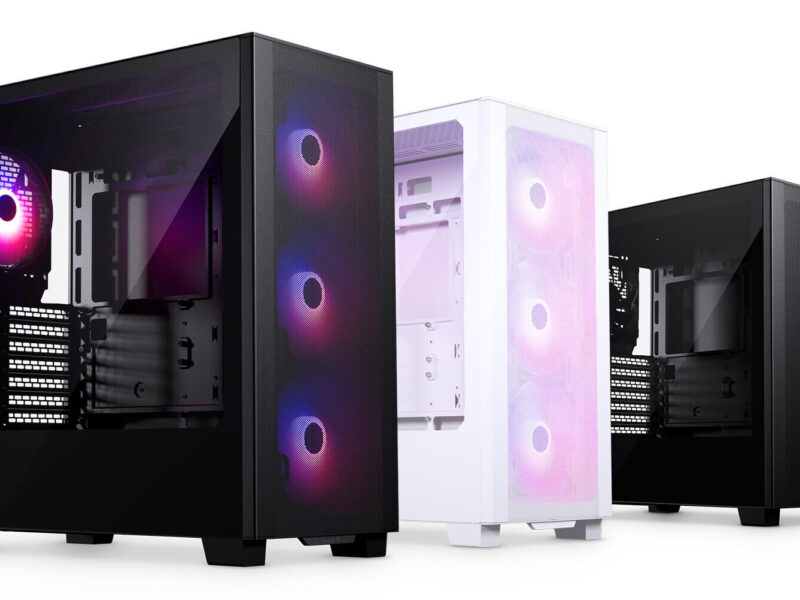Many people suggested that I write a series detailing all the CompTIA certificates that I’ve taken, so here it is! This is article one, of a potential six total articles.
I apologize for the delay in this article being published. I had originally planned to release it a month earlier, but Life™️.
Introduction
Firstly, some info on the CompTIA A+. The A+ is a certification for new IT professionals who hope to join the industry. It requires two exams, Core 1 (220-1001) and Core 2 (220-1002)(both are soon to be retired). Core 1 is mostly based on hardware, with some emphasis on software (such as picking hardware components for a PC in specific scenarios). Core 2 is more software-related (such as imaging disks in Windows). If this kind of thing interests you, the A+ might be for you! If you’re looking just to learn about IT certificates or look into other certificates, our article here may help.
Preparation
Before you start studying, it’s a good idea to get the official CompTIA A+ objectives for your exam (whether it be the 1001 or 1002). They are available on the official CompTIA site here (for 1001) and here (for 1002). You can use the objectives as a quick study guide on test day and a resource to follow along with when you’re studying. Before you book your exam, you must first purchase a voucher. You can buy vouchers on Pearson Vue, however, it’s often cheaper to buy the vouchers from the CompTIA site itself. You can buy CompTIA vouchers here from their site (10ITProReward saves you $10 at checkout when purchasing a voucher)
Study Methods
I highly recommend Professor Messer’s videos on YouTube to prepare for the A+ (and Network+ and Security+). His videos are extremely well put together, informative, and of course, free! I also recommend Jason Dion’s videos on Udemy for the A+ and every other certificate on the Cybersecurity ladder from CompTIA (link here). Jason Dion also offers practice tests bundled with his Udemy courses, which I also recommend. In case you don’t like videos, the Sybex books covering the topics are also quite great. On the other hand, I’m unable to vouch for how well the CompTIA OEM certificate books are. I’d recommend having a basic understanding of computer hardware before you begin studying, although all the sources I’ve named do go through the basics.
The Questions
You should expect to see simulations on basic computer building, troubleshooting Windows, and other tasks you should expect to see in everyday life as a technician. CompTIA multiple-choice questions are usually relatively simple if you understand the gist of the question. Generally speaking, their questions are usually convoluted, but if you understand what they’re asking for, you should do perfectly fine if you studied enough for it. For Core 1, expect mainly hardware questions (as mentioned earlier). You only need a shallow understanding of computers, printers (god I hate those things), other generic office hardware, and troubleshooting those devices. For Core 2, expect questions related to operating systems, software, etc. You will probably see network port questions on both tests.
Network Port Memorization Help
As someone who’s had to deal with network port memorization… all I can say is, it sucks. For anyone hoping to NOT hard memorize these ports, here are some of the tricks I used to memorize them. There is also a decent Quizlet here for those that like flashcards. Just know that this list also includes ports not necessary for the A+.
| FTP | Some people have ways of memorizing it with a saying, although I don't condone it. Otherwise, hard memorize this. 20 and 21. |
| SSH | Has SS in it, SS kind of looks like 22 backward. |
| TelNet | Port 23, Michael Jorden's number. |
| SMTP | Remember the time when it cost a quarter to send emails? 25. |
| DNS | Around the age when you start having to ask around for names. 53. |
| HTTP | Hard memorize this, 80. |
| POP3 | Grandpop is 110 years old. 110. |
| NTP | NTP is just like 1 2 3, 123. |
| NetBIOS | Hard memorize this. 137 to 139. |
| IMAP4 | Just like POP3, except it's got a 4 in its port number, 143. |
| LDAP | 4 letters, 3 numbers, 389. Opposite of RDP. |
| SLP | Another hard memorize, 427. |
| HTTPS | 8*5 is 40, and HTTPS is higher than HTTP, 443. |
| SMB | Hard memorize this, 445. |
| AFP | Hard memorize, it's just Apple. 548. |
| RDP | 3 letters, 4 numbers, 3389. |
| There may be some others that aren't listed here due to exam revisions* |
Take The Exam!
If you’ve used all the resources in this guide and are doing well on practice tests, you’re ready to take the exams! Good luck!
Disclaimer: This guide contains CompTIA affiliate links, we may receive small commissions from purchases made through them.


